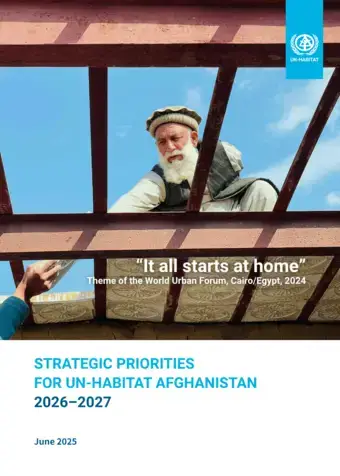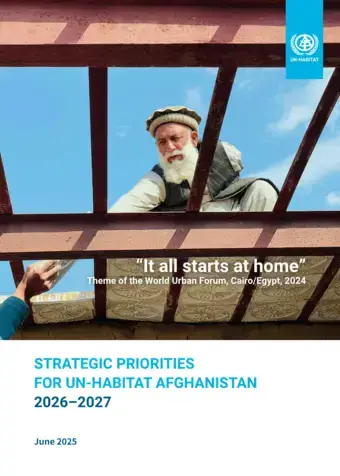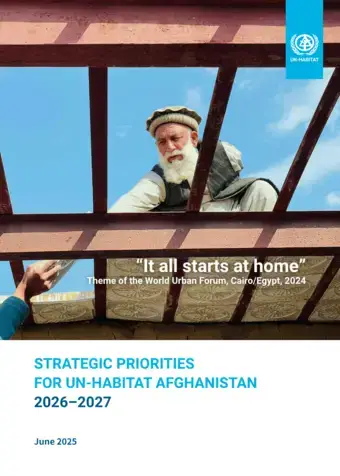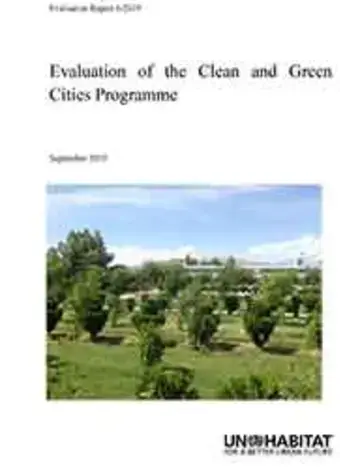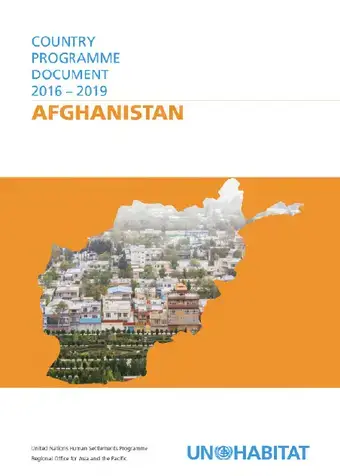STRATEGIC PRIORITIES FOR UN-HABITAT AFGHANISTAN 2026–2027
Other documents
Launch of the Atlas for Afghan City Regions 2016
Wednesday 20th July, 2016, the Government of Afghanistan launched the ‘Atlas of Afghan City Regions 2016’ which presents a comprehensive and reliable urban dataset on Afghanistan’s five main city regions, Jalalabad, Kabul, Mazar-e-Sharif, Herat and Kandahar regions as well as on 28 Strategic District Municipalities.
